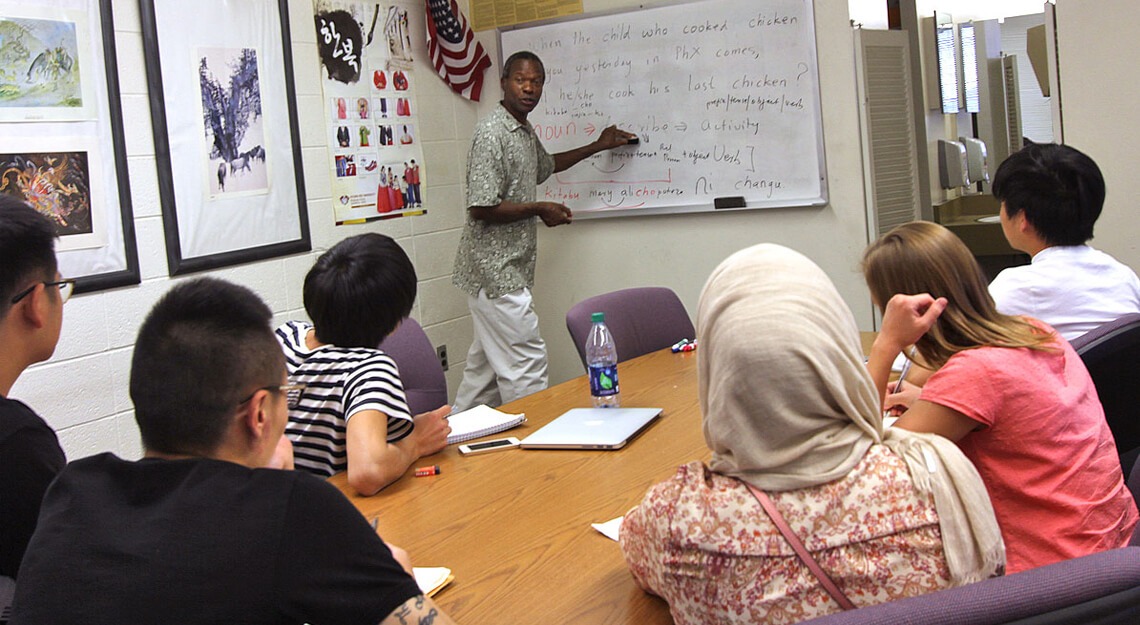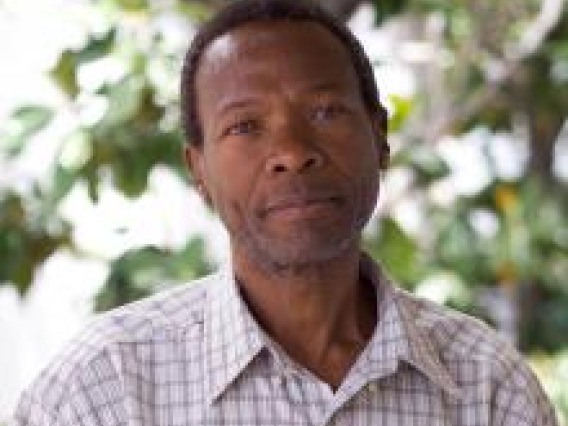This language is a course of study offered by the Critical Languages Program at the University of Arizona with credit and non-credit options available.

Swahili, also known as Kiswahili, is a Bantu language and the first language of the Swahili people. It is traditionally regarded as being the language of coastal areas of Tanzania and Kenya.
Although only around five to fifteen million people speak Swahili as their first language, it is used as a lingua franca in much of Southeast Africa. Estimates of the total number of Swahili speakers vary widely, from 60 million to over 150 million. Swahili serves as a national language of four nations: Tanzania, Kenya, Uganda, and the Democratic Republic of the Congo. Shikomor, the official language in Comoros and also spoken in Mayotte (Shimaore), is related to Swahili. Swahili is also one of the working languages of the African Union and one of the official languages of the East African Community.
Course Section Number: 391
Credit and Non-Credit Options
FOR CREDIT
If you are a beginner, sign up for CRL 391 under course section number 372 in UAccess. If you have studied the language before or have spoken it at home, you should reach out to the tutor of your language or the Program Coordinator to schedule a free informal placement assessment.
FOR NON-CREDIT
You may have interest in learning this language but do not need university credit. You can also register for non-credit classes or tutoring.
Helpful Links
Origins of the Swahili Language
It was formalised after independence by presidents of the African Great Lakes region but first spoken by natives of the coastal mainland. It spread as a fisherman's language to the various islands surrounding the Swahili Coast. Traders from these islands had extensive contact with the coastal peoples from at least the 2nd century A.D., and Swahili began to spread along the Swahili Coast from at least the 6th century. There is also cultural evidence of early Zaramo people settlement on Zanzibar from Dar es Salaam in present-day Tanzania.
Clove farmers from Oman and the Persian Gulf farmed the Zanzibar Archipelago, slowly spreading Islam, adding a few words to Swahili, and building forts and castles in major trading and cultural centers as far as Sofala (Mozambique) and Kilwa (Tanzania) to the south, Mombasa and Lamu in Kenya, the Comoros Islands and northern Madagascar in the Indian Ocean, and Barawa to the north in southern Somalia. Demand for cloves soon led to the establishment of permanent trade routes, and Swahili-speaking merchants settled in stops along the new trade routes. For the most part, this process started the development of the modern Swahili language.
CLP Tutors

Teles Machibya
Teles creates an open and fun learning environment during the tutorial sessions. Teles makes mistakes learning moments, and I am never afraid to make a mistake because I know I will learn from it."
CLP Student | Swahili 101

